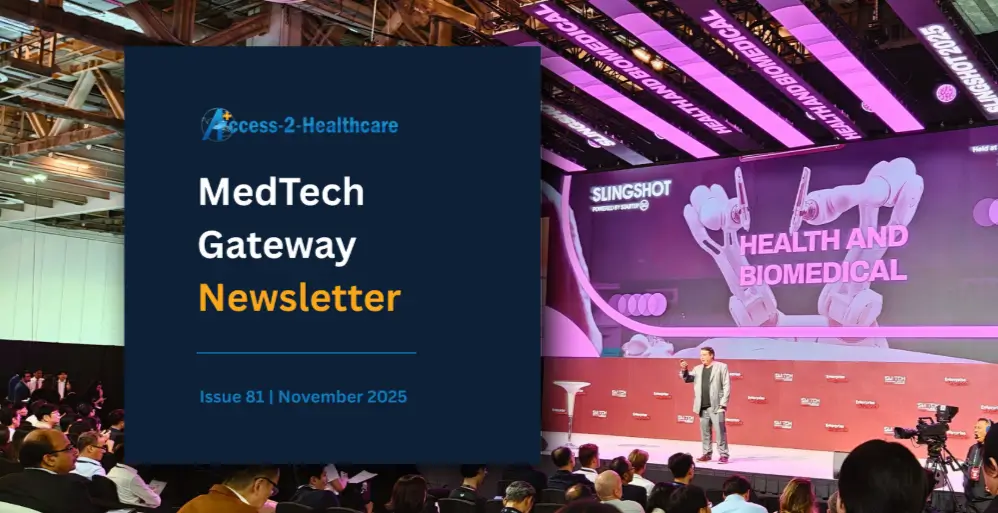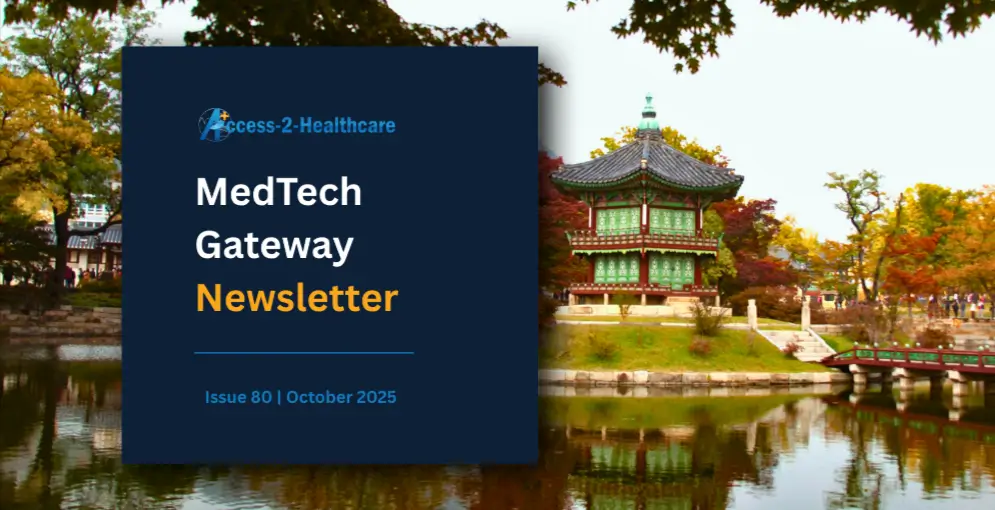ISO TC 210 has released updates on various standards affecting the medical device industry. I’m actively involved once again in the drafting and standards development processes:
- ISO 15223-1 Amendment ISO 15223-1 has been amended to change the Authorized Representative Symbol from “EC Rep” to “XX Rep,” with potential impacts on EU implementation timing.
- ISO 14971 and Guide 63 Confirmation ISO 14971 and Guide 63 has been confirmed for another five years, highlighting its robust foundation for risk management in medical devices.
- ISO/TS 24971-2 Progress Efforts continue on ISO/TS 24971-2, addressing risk management for machine learning-enabled medical devices
- ISO 13485 Review The systematic review for ISO 13485 is ongoing, with discussions on potential revisions and global harmonization impact
- ISO/TS 23485 Development Work is underway to revise guidance for ISO 13485 into a Technical Specification (TS)
- New Work Item ISO/NP TS 25694 A new work item proposal focuses on risk management for combination products, reflecting industry demand.
- WG6 is reinstated previously working on ISO/TR 20416:2020 – Application of post-market surveillance systems to medical devices

The document discusses several new work item proposals and ongoing projects related to ISO standards. These include ISO/NP TS 25694 for risk management of combination products, a tentative ISO TS 24971-3 for applying ISO 14971 to combination products, and an open proposal to create an ISO standard from AAMI TIR 105. Ad-hoc group 5 is updating key QMS-related GHTF documents, and work continues on ISO 15223-2 and ISO DIS 20417.

The 27th International Medical Device Regulators Forum (IMDRF) conference, held in Japan from March 10-14, 2025, convened regulators and industry representatives to discuss the organization’s five-year strategic plan. Stakeholders emphasized the importance of initiatives that promote regulatory efficiency, harmonization, and convergence.
Key areas of focus included standardized submission formats, post-approval change management, post-market surveillance, and electronic Instructions for Use (IFU). The approach of national regulatory agencies to emerging technologies, particularly AI and machine learning-enabled medical devices, was also highlighted as a priority.

The IMDRF is developing a reliance playbook to enhance understanding among stakeholders of the benefits of implementing regulatory reliance. This playbook aims to foster collaboration and trust among national regulatory authorities, providing strategies and practical examples.
The Medicines and Healthcare products Regulatory Agency (MHRA) of the UK is actively seeking regulatory reliance programs (currently wth the EU, Canada and the US, exploring Australia) to expedite the marketing authorization approval process. Similarly, the Therapeutic Goods Administration (TGA) in the Asia Pacific region has been expanding pre-market reliance by recognizing comparable overseas regulators in the EU, Canada, Japan, the U.S., Singapore, and Brazil. The TGA also acknowledges post-market reliance by referencing audit reports of manufacturing facilities produced by comparable overseas regulators or notified bodies to identify risks and determine appropriate compliance actions.
Selected national regulatory authorities provided updates on their respective regulatory frameworks.
The TGA is set to launch the Unique Device Identification (UDI) system and will allow manufacturers to voluntarily choose electronic IFU alongside physical copies. The TGA is also seeking public comments on the regulation of AI-enabled therapeutic products and technologies.
The draft Medical Device Administrative Law in China is under inter-agency deliberation, with the National Medical Products Administration (NMPA) continuing to promote the localization of imported medical devices and preparing updated guidance on emerging technologies such as AI and medical robots.

The Pharmaceuticals and Medical Devices Agency (PMDA) in Japan has organized forums involving the PMDA, academia, and industry to create a more supportive regulatory system. Healthcare institutions in Japan must ensure cybersecurity when using digital technology in clinical practices and safeguard the confidentiality, integrity, and availability of medical information systems.
The Ministry of Food and Drug Safety (MFDS) has the Digital Medical Products Act, effective January 24, 2025, and establish a regulatory system that reflects the characteristics of digital products, along with the revision of the SaMD guidance in January 2025.
The Health Sciences Authority (HSA) in Singapore continues to implement the UDI on high-risk medical devices and has introduced an optional change management program for SaMD akin to PCCP.

The IMDRF conference also included discussions on the implementation of reliance, regulatory convergence, and contributions to the next IMDRF Strategic Plan (2026-2030). Speakers emphasized the need for trust relationships, training aligned with IMDRF principles and documents, and the availability of IMDRF documents in multiple languages.
This meeting also marked the first official bi-lateral meeting of the newly approved Industry group with the IMDRF management committee, aiming to bridge the gap between policy and implementation. Uzbekistan and Malaysia also became affiliate members within IMDRF



